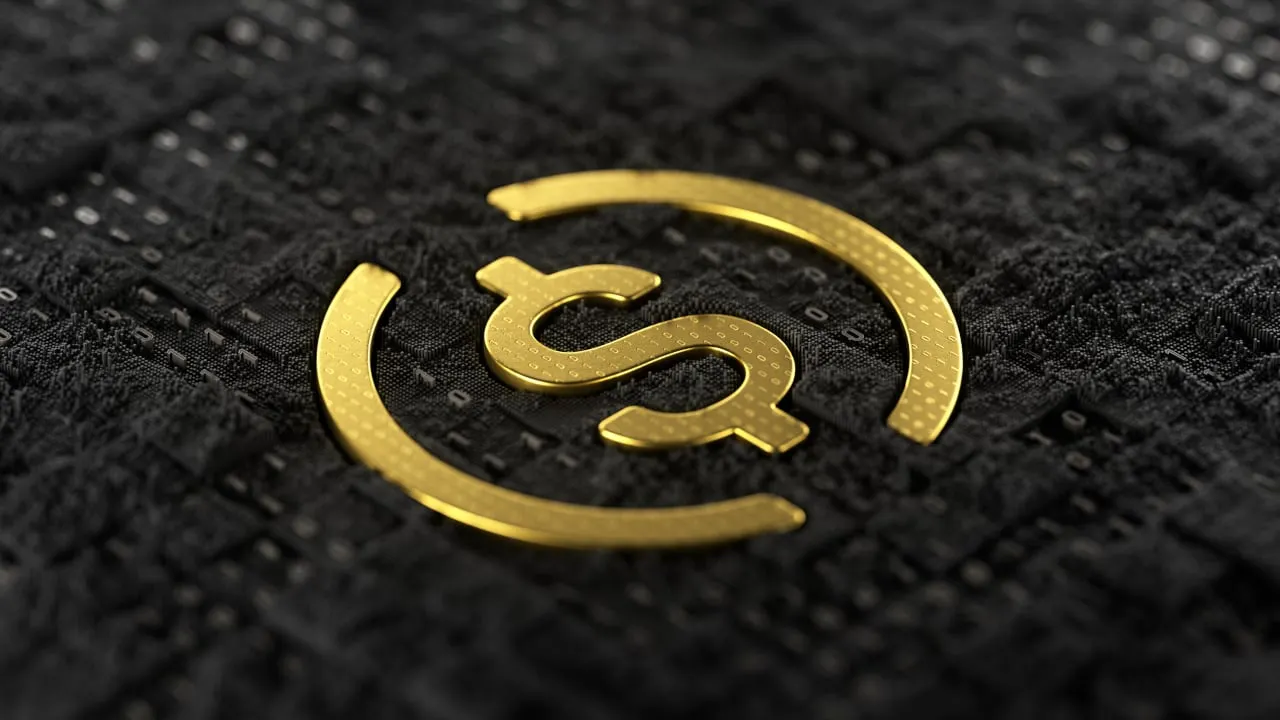Favorite stablecoin depegged? There’s insurance for that.
Etherisc is rolling out coverage to protect USDC holders if the stablecoin falls between 5% to 20% from its pegged price for longer than 24 hours.
In the event of a USDC depeg from $1, the decentralized peer-to-peer insurance protocol will deposit automated pre-specified payouts into non-custodial wallets.
Circle claims that roughly 80% of USDC is backed up by short-dated U.S. Treasury bonds while the rest is in bank deposits. Etherisc thus only covers 20% of a wallet's USDC as they see this as being the only capital at risk.
"If [a wallet] has 100,000 USDC and there is a depeg to 80%. Then he has lost 20% and we will reimburse exactly the 20%," co-founder of Etherisc Christoph Mussenbrock told Decrypt. "If it depegs more to—what is actually impossible—to 60%, then he would lose $40,000, and we would reimburse still the $20,000."
Etherisc has tapped Chainlink’s USDC-to-USD price feed to notify the protocol when the stablecoin's price drops below $0.995, at which point the protocol then enters a "triggered state."
If the price does not recover within 24 hours, the protocol enters a "depegged state" where customers can claim a USDT payout.
To opt-in for this coverage, you must have 2,000 USDC minimum to protect. Customer payouts are calculated by an Ethereum smart contract that considers the amount of USDC covered, the customer's total USDC balance at the time of depeg, and the price of USDC 24 hours after the depeg event first occurred.
Etherisc had a trial run on a testnet using the data from USDC's depeg event in March.
"We took the price data from March. And in a time machine, we replayed the whole process. So we were really sure that everything behaves properly in our live product." Mussenbrock ensured Decrypt. "It worked exactly how it should work."
How does Etherisc work?
Etherisc is a peer-to-peer protocol meaning that investors will put up their USDT at risk to provide cover for USDC. These investors will determine the insurance length and fee.
Those seeking insurance then enter the marketplace to hammer out a deal.
"On the one side, there are capital providers, and on the other side are the customers. We only arrange the combination of both," Mussenbrock said. "The price of [insurance] will converge to a specific market price. Because if you're more expensive then nobody buys your stuff, and if you're cheaper then you leave money on the table. So, eventually, we will find an equilibrium in the market."
The depeg protection service is a response to the sometimes dangerously volatile nature of the crypto. Many people see a mass stablecoin depegging as the biggest threat to the cryptocurrency ecosystem.
"Look at DAI, for example, it is covered mostly by USDC," Mussenbrock told Decrypt. "If USDC goes down, then they will also go down. And, DAI is a core element of many DeFi protocols. It's all interconnected. Stablecoins have made DeFi a success but if stablecoins get a problem, the whole DeFi industry gets a problem as well."
This is why Etherisc is looking to insure big projects, like DAI, with its platform.
"That's the goal [insuring big institutions]. I think it's the main case," Mussenbrock said. "Of course, we are also looking at small investors but I expect that some of the big ones will also consider, at least, to insure part of their assets with solutions like ours."
With the launch of Etherisc, the team is already planning to offer the insurance product for other stablecoins.
First on their agenda though will be covering USDT with USDC—a mirror of the current product.

